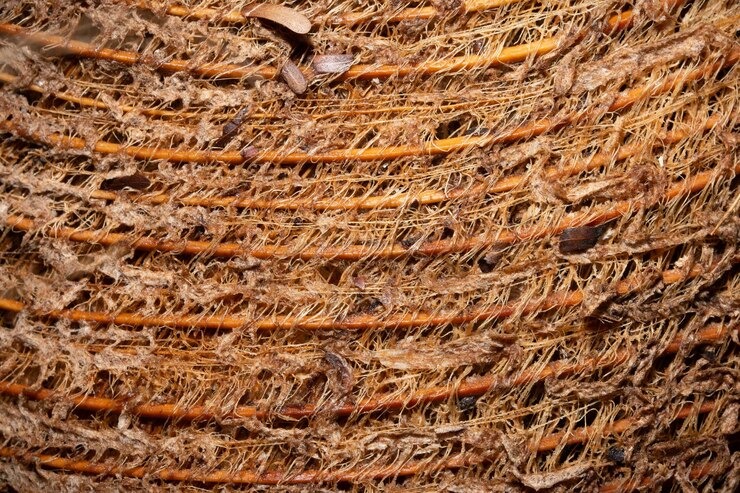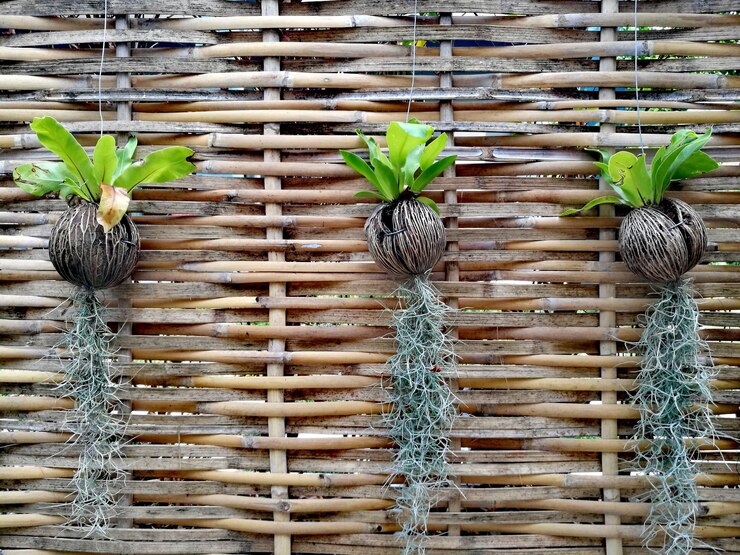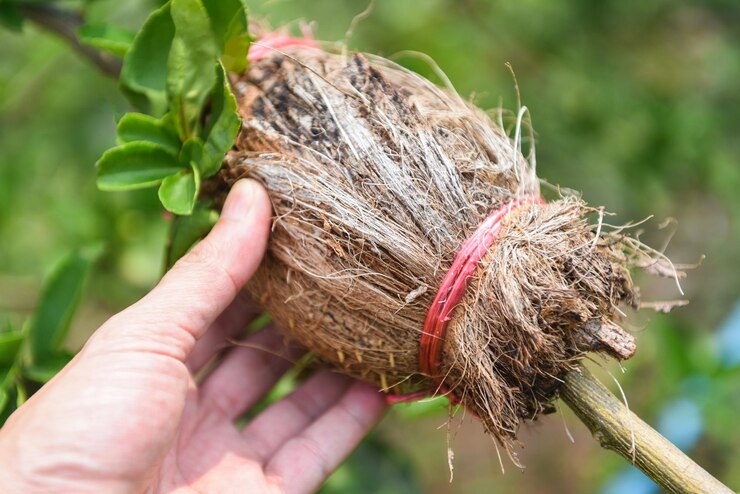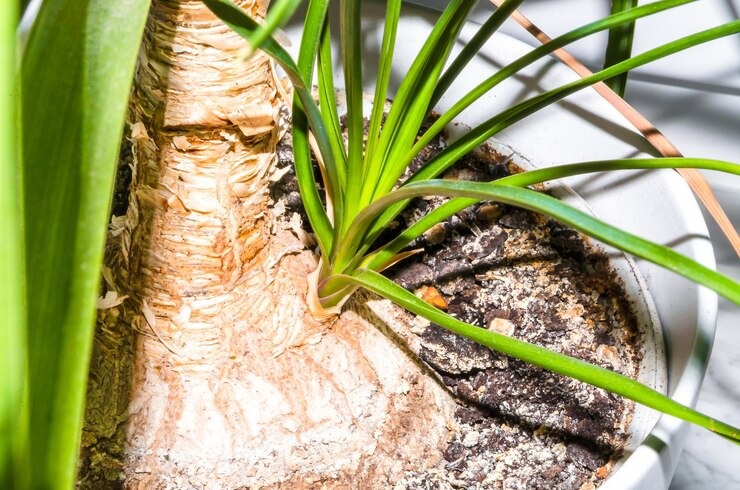Coconut coir for plants: The Natural Way to Grow Green
In the world of gardening and sustainable agriculture, coconut coir has emerged as a game-changing growing medium. Derived from the outer husk of coconuts, coconut coir is a natural, renewable, and eco-friendly alternative to traditional soil amendments like peat moss.
🌴 What is Coconut Coir?
Coconut coir, also called coco coir, is the fibrous material found between the hard shell and the outer coat of a coconut. It is a by-product of the coconut industry and was traditionally discarded as waste. Today, it’s processed into several forms for gardening, such as:
-
Coco Peat (Coir Pith) – Fine, spongy material ideal for seed starting and potting mixes.
Coco Chips – Coarse chunks that improve aeration and drainage.
Coco Fiber – Long strands used for lining baskets or supporting plant roots.
These forms are often compressed into blocks or briquettes for easy transport and storage.






